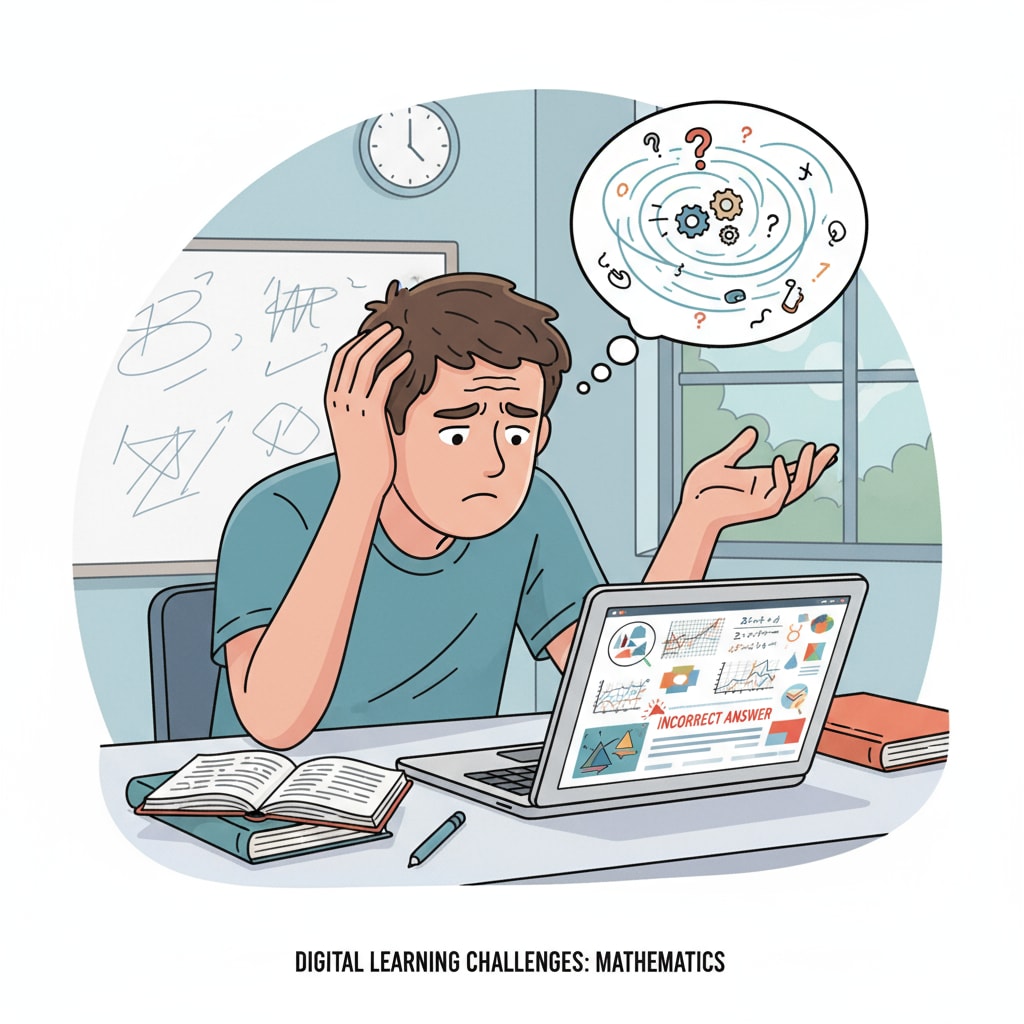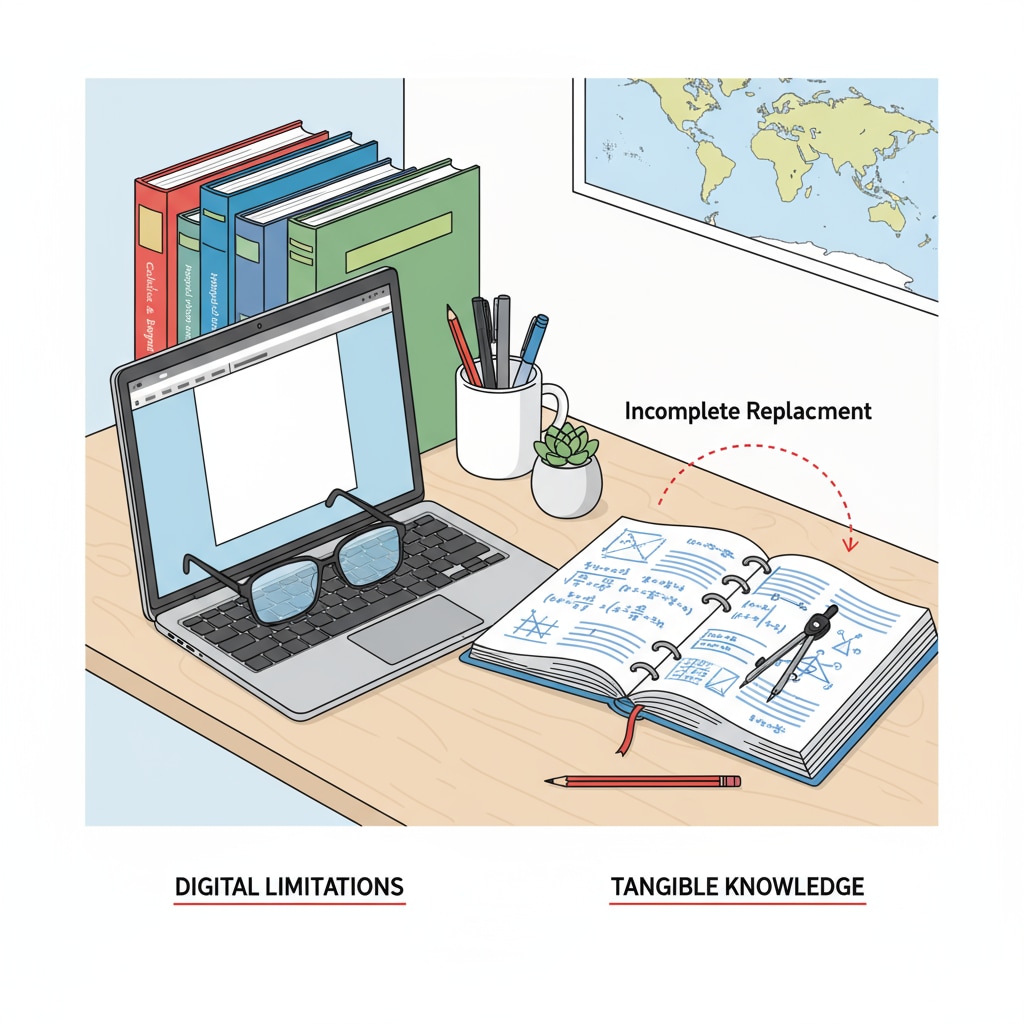In the realm of K12 education, the rise of digital learning has brought about significant changes. Digital learning, Chromebook, math textbooks, and parent tutoring are now intertwined in ways that pose new challenges. With the widespread adoption of devices like Chromebooks in schools, the hope was to revolutionize education. However, as it stands, digital learning platforms are facing issues of lacking systematic content and sufficient practice materials, particularly evident in math education.
The Shortcomings of Digital Learning in Math
Digital learning in math has promised a more engaging and accessible way of learning. But in reality, the content on many digital platforms lacks the depth and systematic structure found in traditional math textbooks. For example, while a physical math textbook often presents concepts in a logical sequence, building from basic to advanced levels, digital resources may offer fragmented information. This lack of coherence makes it difficult for students to fully grasp complex mathematical ideas.

The Chromebook Conundrum
Chromebooks have become a staple in many K12 classrooms. They offer the convenience of accessing digital learning materials. However, they fall short in replacing the comprehensive nature of math textbooks. A Chromebook might have various math apps and online resources, but these often don’t provide the in-depth explanations and step-by-step guidance that a traditional textbook does. As a result, students may struggle to fill in the knowledge gaps when relying solely on Chromebook-based learning.

The issue of insufficient practice materials on digital platforms further compounds the problem. In math, practice is crucial for mastery. Traditional textbooks usually come with a wealth of exercises, from simple drills to complex problem-solving tasks. Digital learning, on the other hand, may offer limited practice options, leaving students underprepared. This not only affects students’ understanding of math concepts but also makes it harder for parents to assist with tutoring. Parents who are used to referring to textbooks to help their children are now faced with the challenge of navigating through inconsistent digital resources.
Readability guidance: As we’ve seen, digital learning in K12 math education has its challenges. The lack of systematic content and sufficient practice materials in digital platforms, along with the limitations of Chromebooks, are significant hurdles. However, there are ways to address these issues. By integrating traditional math textbooks with digital resources, we can create a more balanced learning environment. For example, students can use Chromebooks to access supplementary materials and interactive learning tools, while still relying on textbooks for the core systematic knowledge. This way, we can enhance the effectiveness of digital learning and make parent tutoring more manageable. Digital learning on Wikipedia and Edtech news for more insights can provide further information on how to bridge the gap between digital and traditional learning.


